The fat pads of the heel have a structure that is optimized for load bearing. In various diseases and aging, the load· carrying ability of the heel pad is clinically impaired. The loading pattern was examined in subjects having normal heel pads and those with atrophic heel pads, both with and without clinical symptoms. Normal heel pads showed a broad region of high pressure, which accounted for a high percentage of the total load transmission. In contrast, the atrophic heels showed a high but narrow peak pres- sure. However, most of the load was transmitted over a large area of low pressure. There was no difference be- tween symptomatic and asymptomatic heels.
The mechanical behavior of the fat pad is discussed with particular reference to the anatomic structure of the pads. Pad thickness and septal integrity are both impor- tant to the mechanical characteristics of the fat pad. The load-bearing patterns observed are discussed in terms of the mechanical components influencing fat pad resilience. These results have direct relevance to understanding the pathophysiology of heel pain secondary to degeneration off he fat pad.


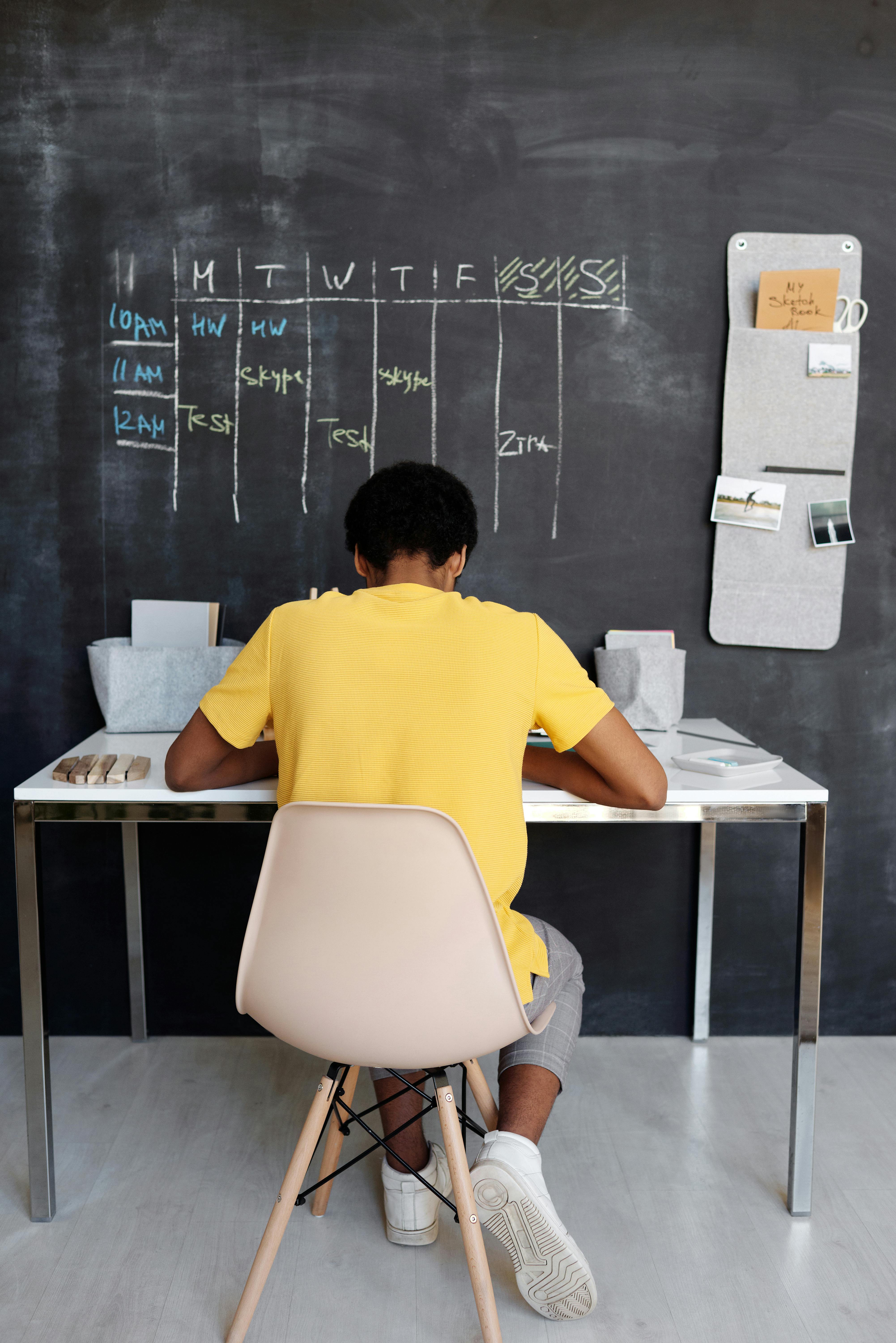
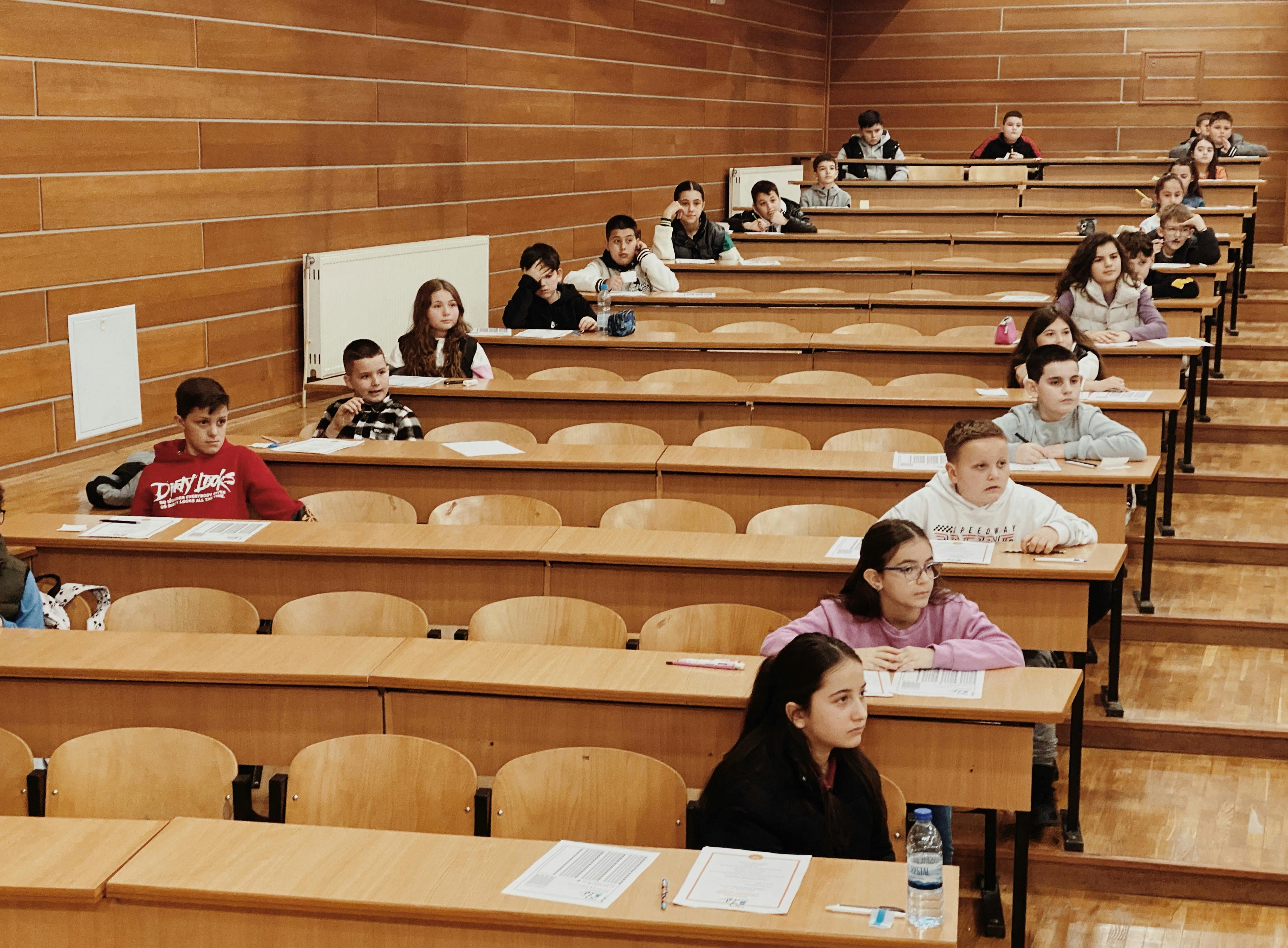
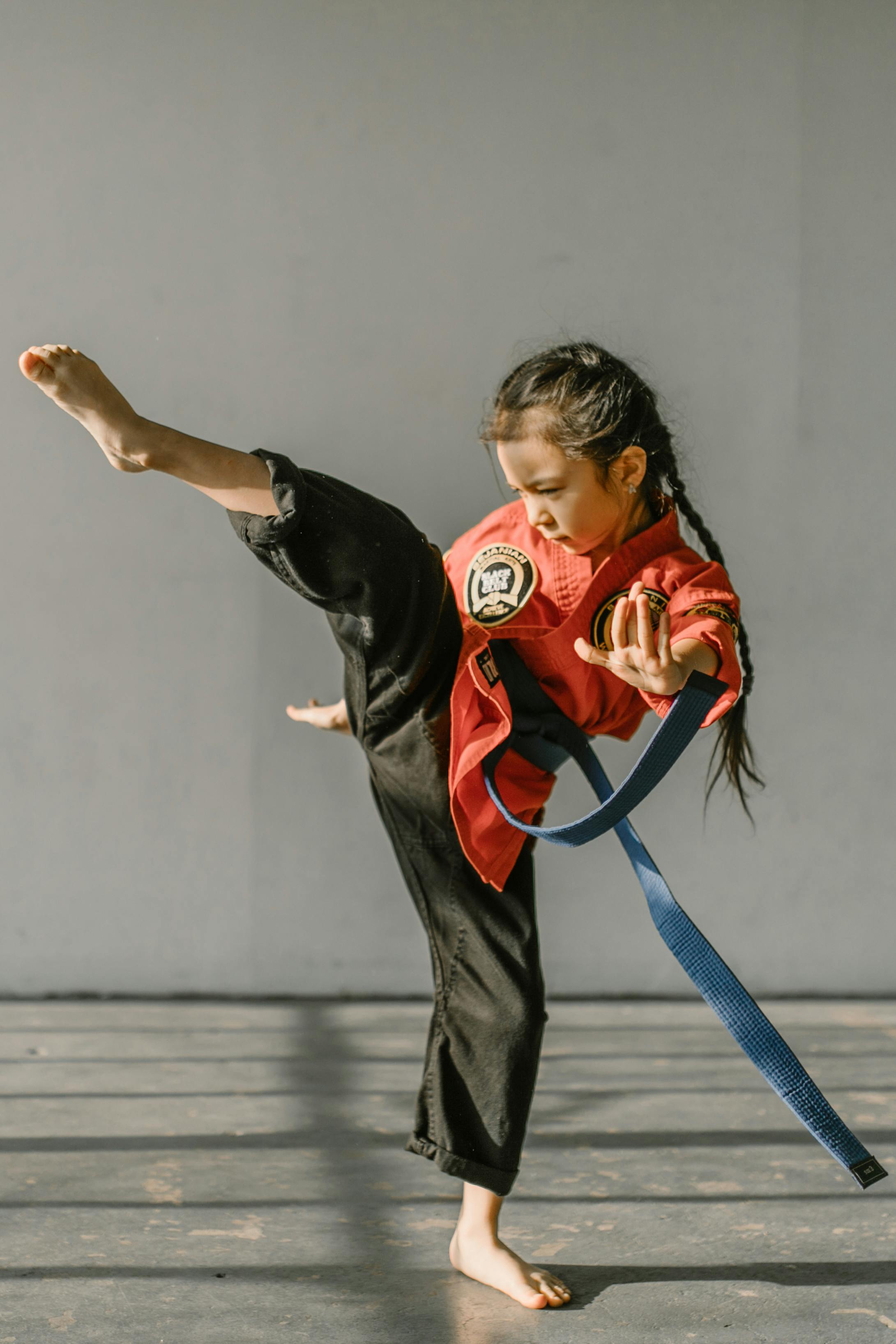
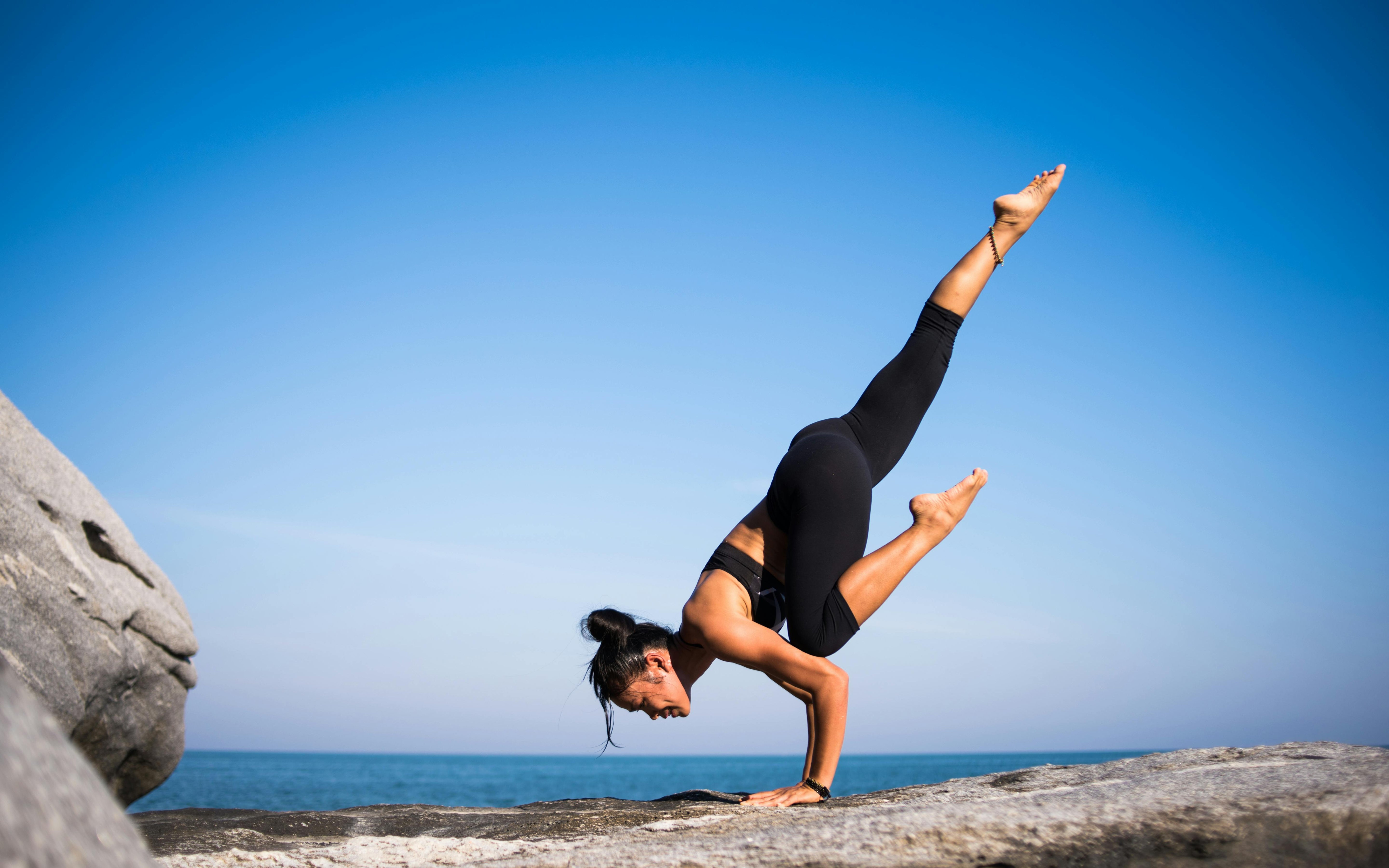
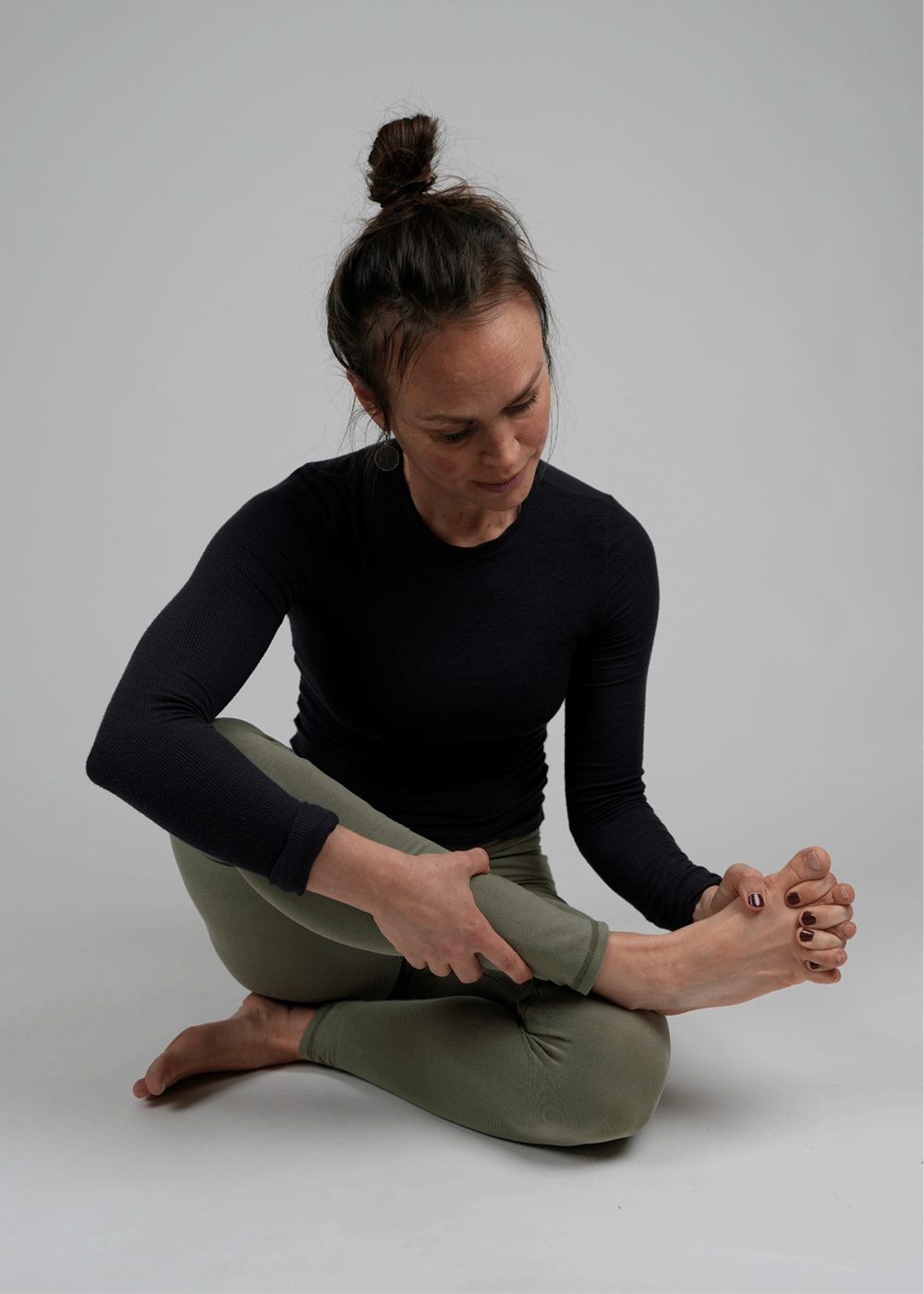
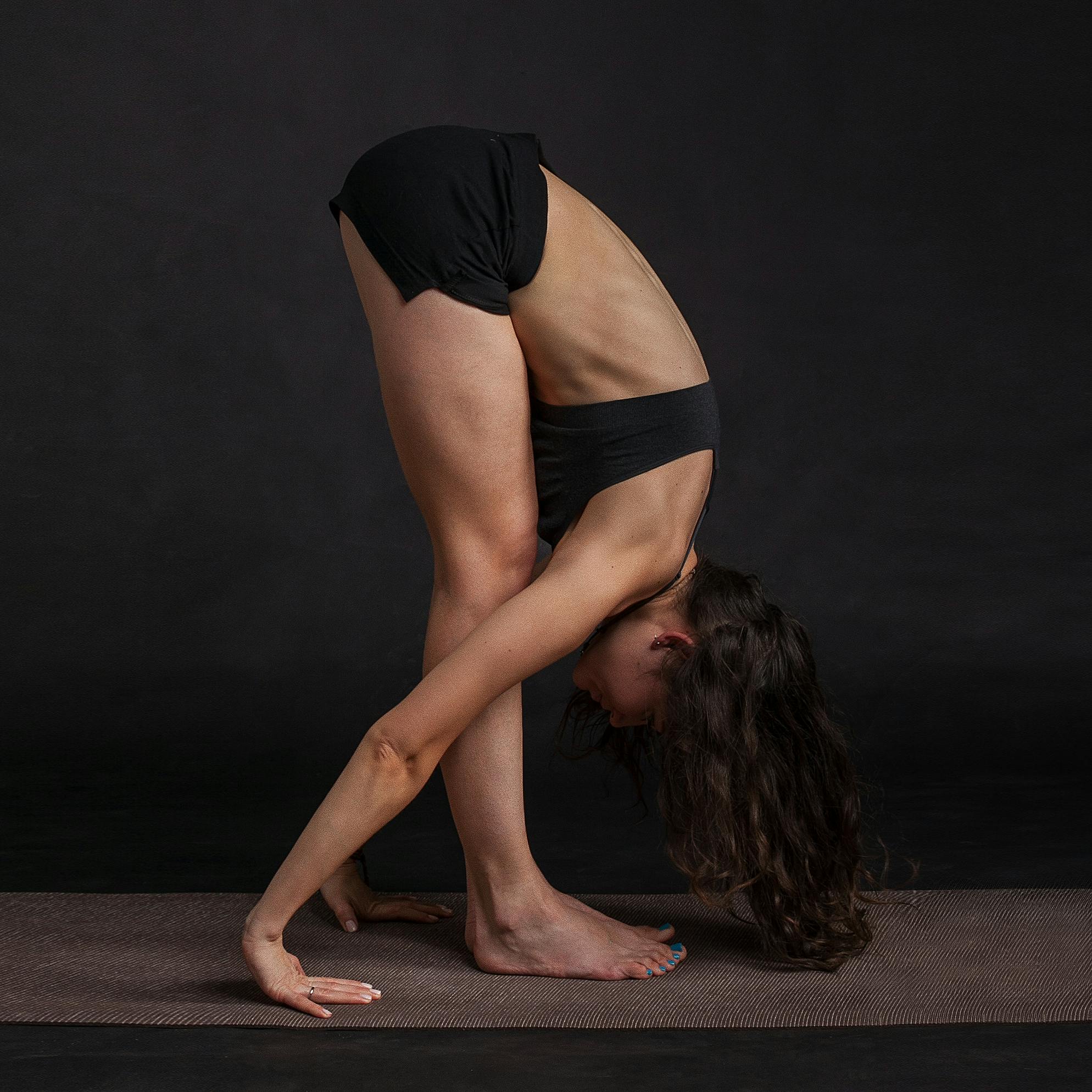

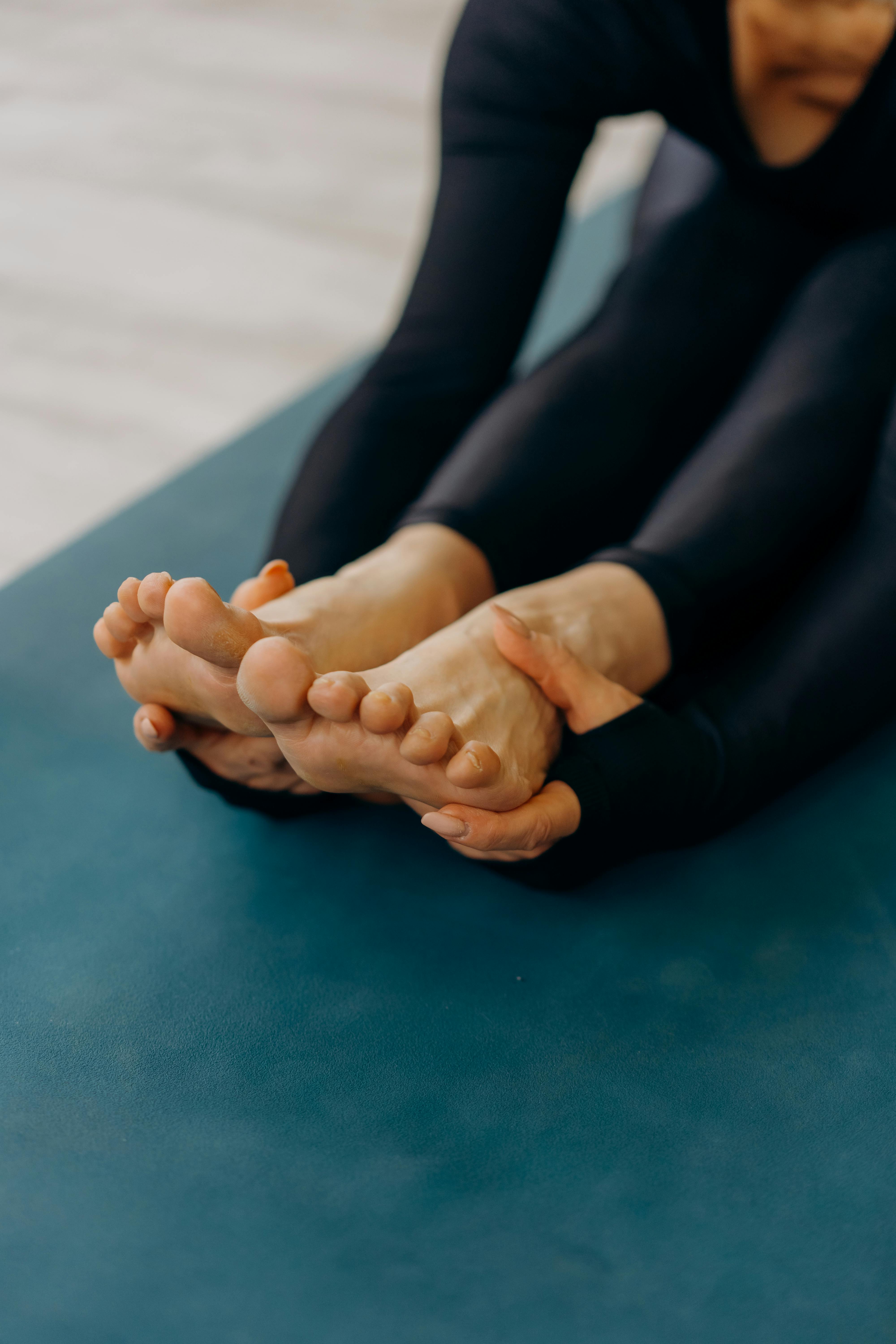
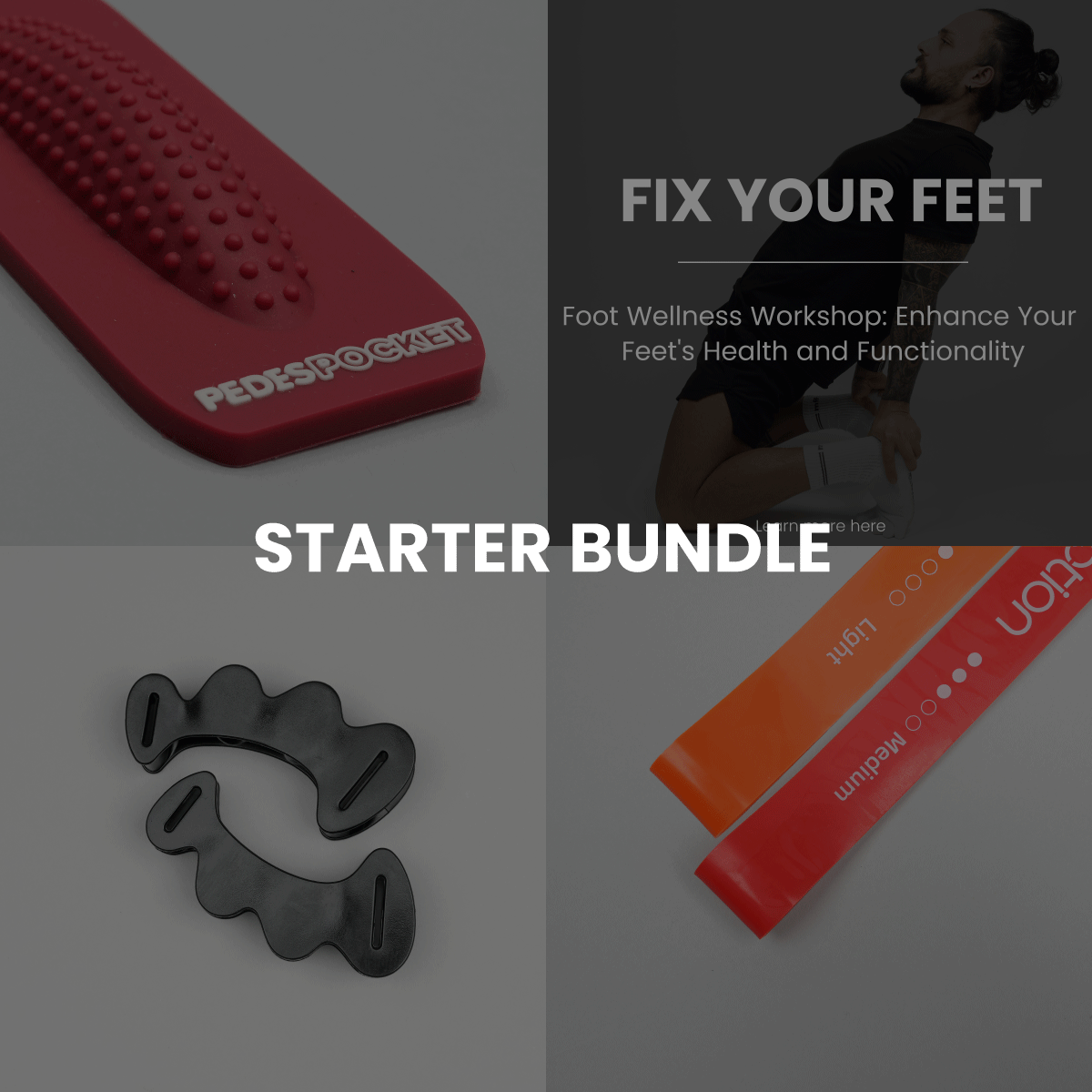
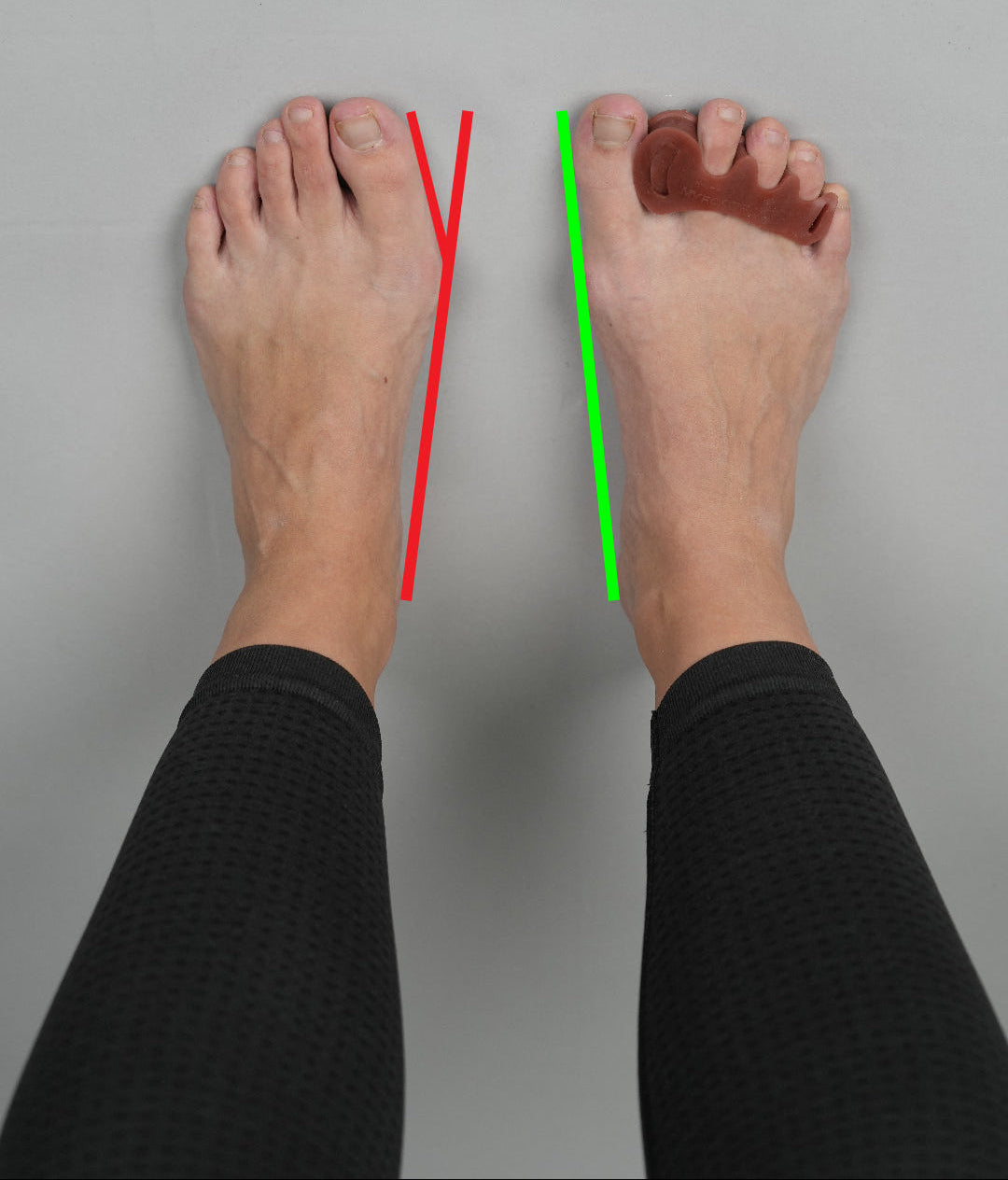
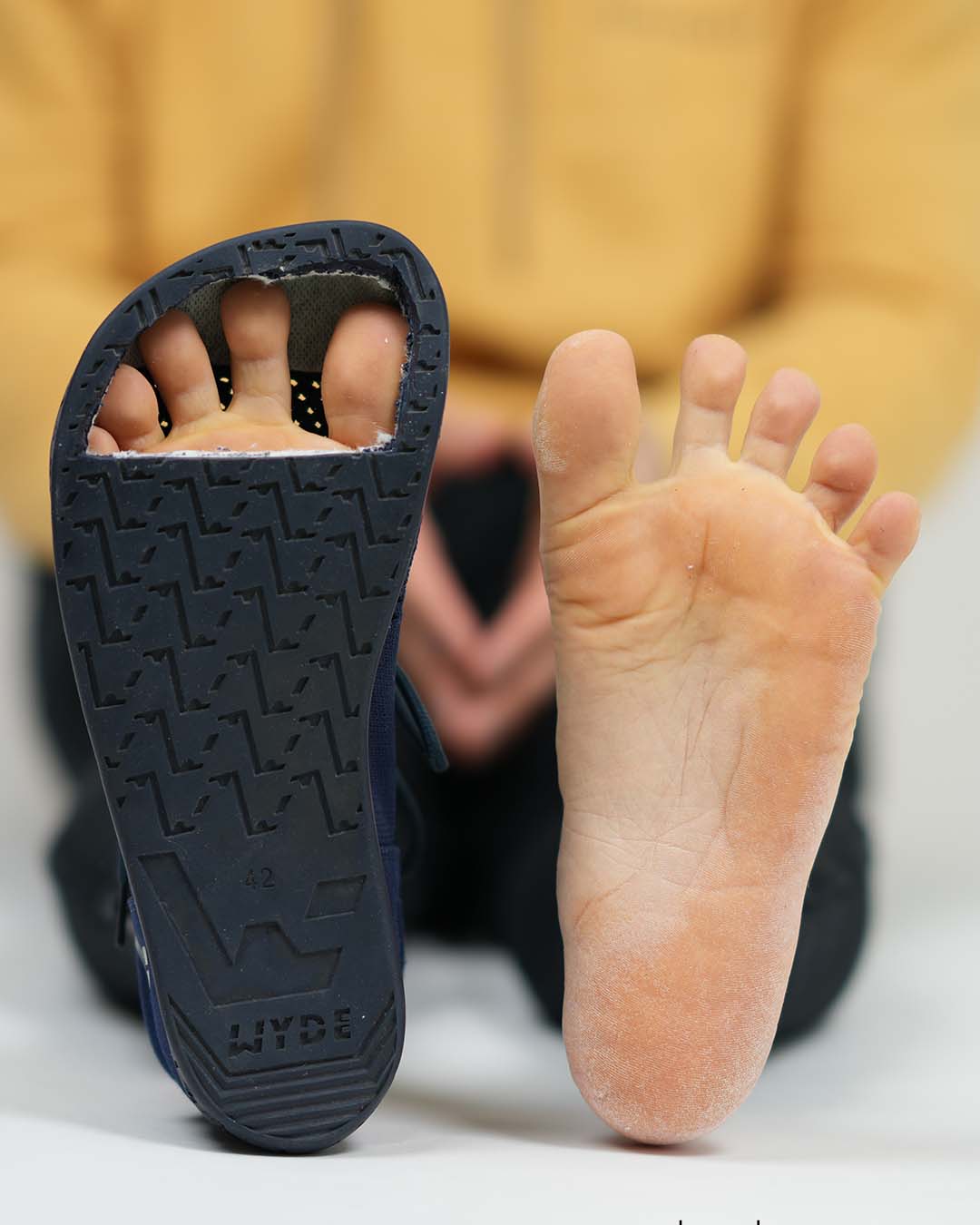
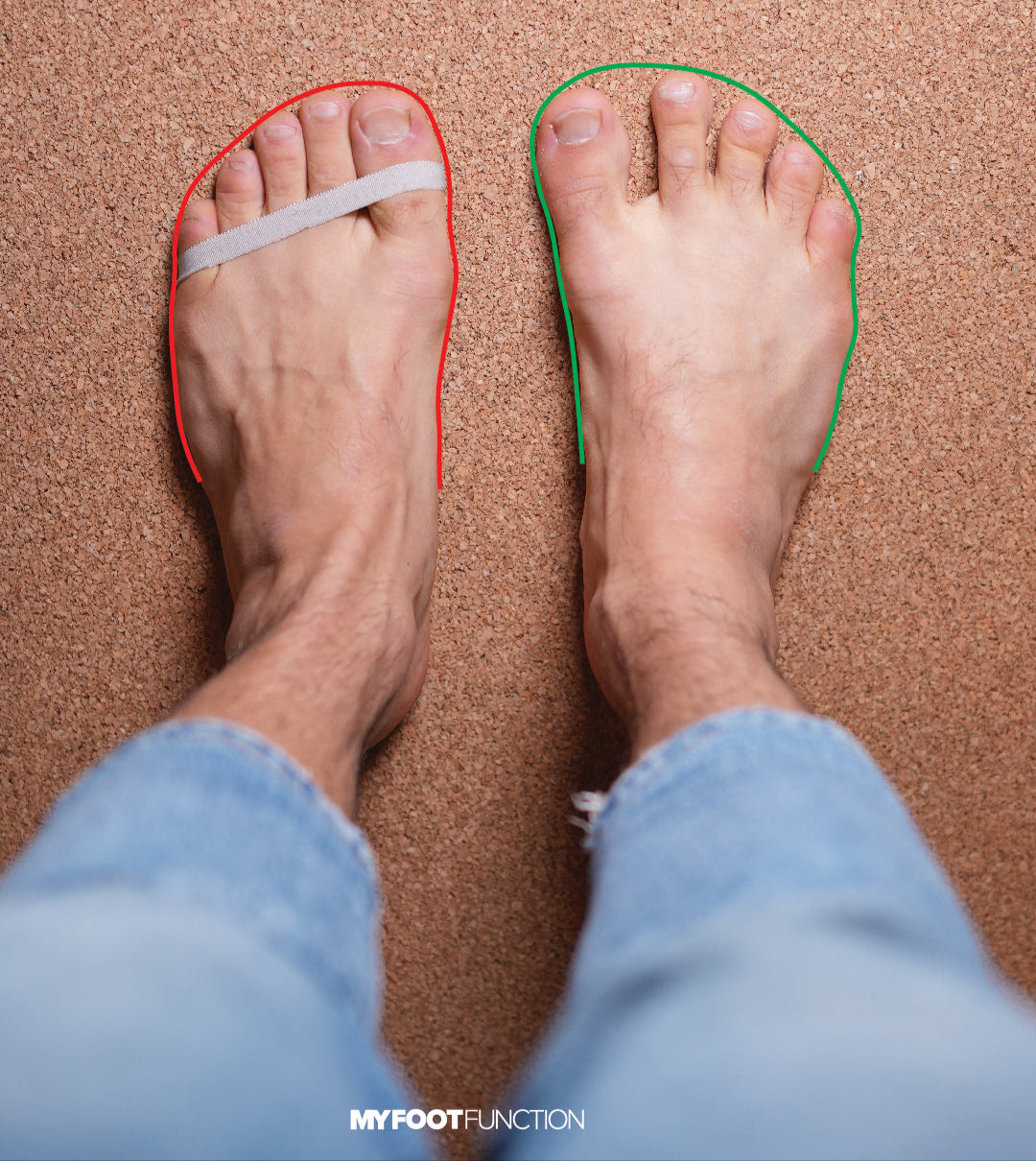

Share:
Pathomechanics of Structural Foot Deformities
Barefoot vs common footwear: A systematic review